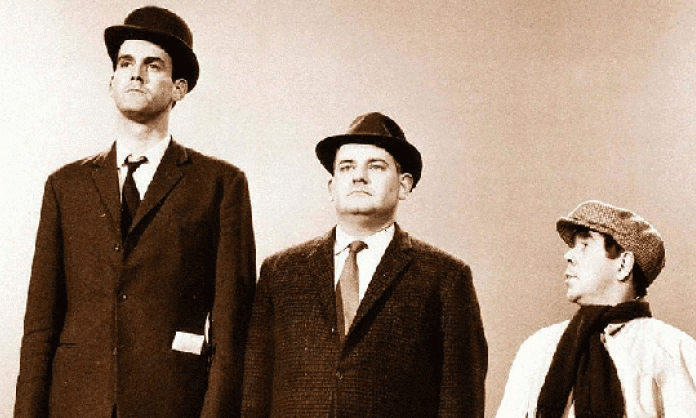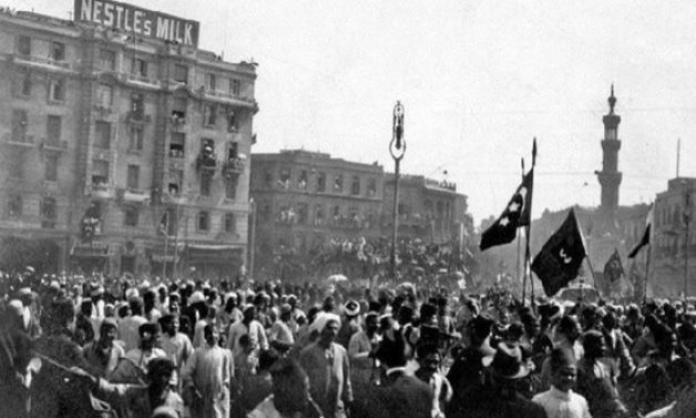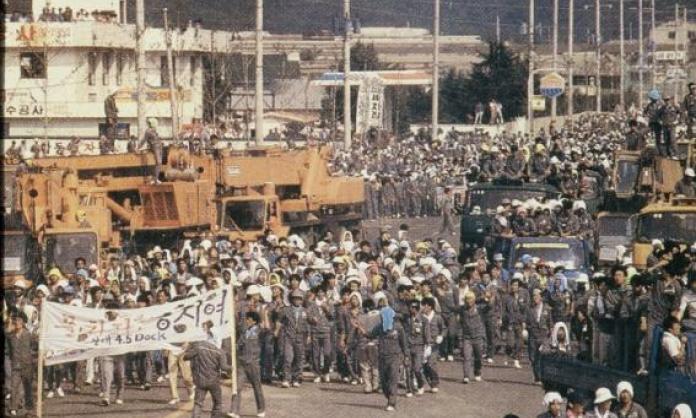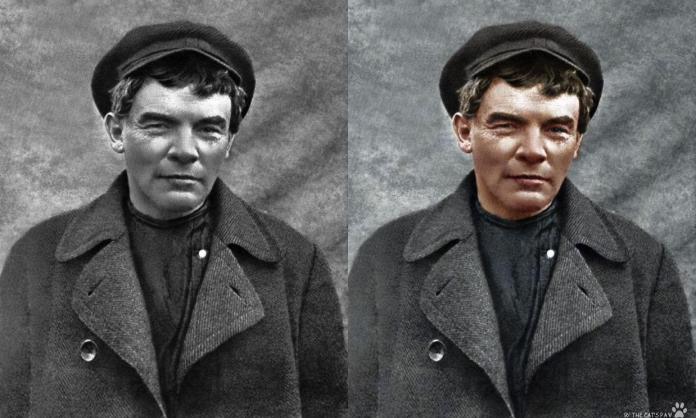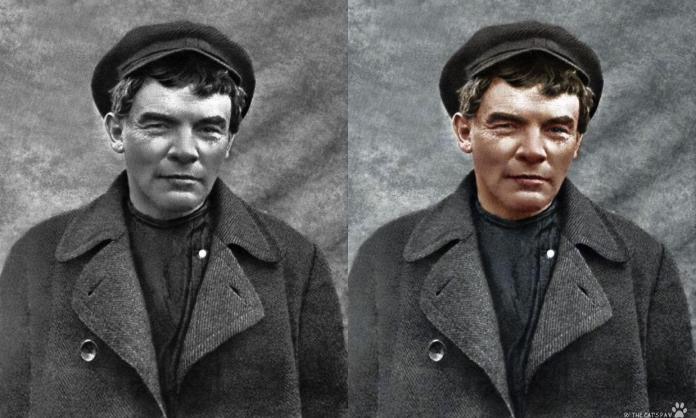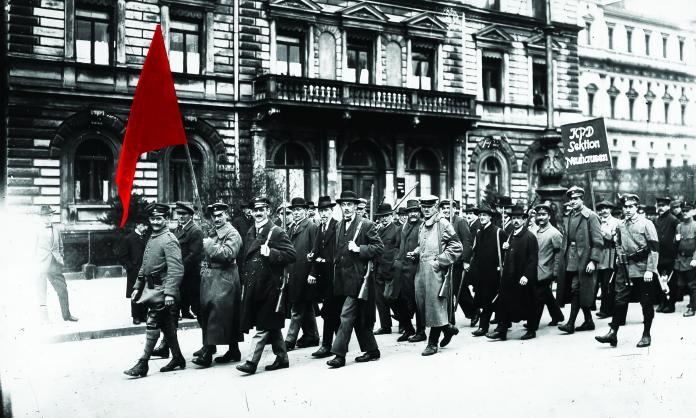More and more attention recently has been paid to global inequality. And it’s no wonder: just 85 billionaires have wealth equal to the combined total of the poorest half of the world’s population, 3.6 billion people.
On one hand, the focus on inequality is positive because it shows clearly that the major dividing line in society is between the haves and the have-nots. Yet exactly how “haves” and “have-nots” are categorised is important if we want to challenge the disparities that exist.
The World Vision approach is to contrast the extreme poverty of sections of the so-called developing world with what is a simplified picture of generous living standards in the West. This approach is extremely limited, to say the least. It ignores the inequality that exists within both the developing and first world. A white minimum wage worker in the US state of Alabama, for example, could only dream of the living standards of a Black government official from Nigeria.
Others portray inequality as simply an issue of some people having a higher income than others. The Australian Bureau of Statistics, for example, compiles a lot of its figures on inequality by comparing different earnings groups. They show that the top 20 per cent in Australia earn about 4.1 times what the poorest 20 per cent do. This is useful to know, but again masks the more extreme inequality that exists.
In Australia, the top one percent has roughly doubled its share of national income since the 1980s. The richest nine individuals own more than the bottom 20 per cent – 4.54 million people!
This focus on the elite at the top of each country is a step forward because it begins to focus on the source, rather than just the outcome, of inequality. To understand this, we need to go beyond just looking at income or “wealth” in the abstract.
The divisions in society that really matter are not those between higher paid and lower paid workers and the unemployed, or between workers in the West and the poor in the developing world. They are between the tiny number who own what Karl Marx called “the means of production” – the machinery, technology, buildings, raw materials etc. – and those who don’t.
How do the Gina Rineharts of the world amass such obscene fortunes while the rest of us struggle to make ends meet? If you were to believe the justifications fed to us by the establishment, you would think it was because of all their hard work (or the work of their fathers, at any rate).
The Australian Financial Review once declared: “Many Australians are afraid, and even ashamed, of the financial rewards that come from hard work.” But have the richest nine Australians really worked, on average, more than 500,000 times harder than the rest of us?
Of course not. The reality is that all wealth is created by labour. Workers, the majority of humanity who don’t own or control the means of production, have to sell their capacity to labour to those who do: the capitalists. Workers are paid a wage.
But the capitalist gets more value out of a worker’s labour than s/he pays in the wage – this is where profits come from, and is what Marx meant by exploitation. In other words, there aren’t just some who are rich and some who aren’t; the rich get rich by stealing a portion of the value created by workers.
Part of the profits made off the backs of workers the super-rich spend on luxuries – one of the few markets that is booming, despite demands for austerity for the rest of us.
But more is reinvested back into production as the corporate empires try to expand and out-compete their rivals. The means of production themselves, ownership of which gives the capitalists their power in this system, are just the accumulated labour of workers in the past. After all, who built the mines, the machines and the shopping centres in the first place?
Understanding this constant cycle of production, exploitation and reinvestment is the key to understanding inequality and why it is so entrenched – inequality of income is based on inequality of the distribution of the means of production.
Reforms to the tax system to increase the tax rate of corporations and the 1 percent, which socialists certainly advocate, would be welcome. But it still would not challenge the root cause of the problem.
There are obviously inequalities within the working class as well, depending on the supply and demand for labour, on the strength of trade unions, the existence of a welfare state and so on.
Bosses use all sorts of divisions and inequalities – racism, sexism, youth wages, attacks on welfare – to try to drive down all working conditions. But workers have an interest in rejecting all this and uniting to challenge the real cause of inequality – the control of the means of production by a tiny few, as opposed to the workers themselves.




